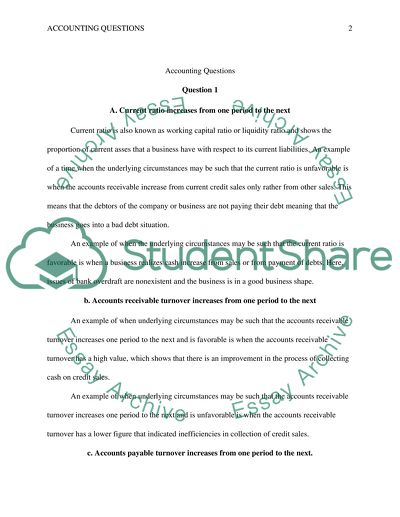Cite this document
(“Answer questions Essay Example | Topics and Well Written Essays - 1000 words - 12”, n.d.)
Retrieved from https://studentshare.org/finance-accounting/1689410-answer-questions
Retrieved from https://studentshare.org/finance-accounting/1689410-answer-questions
(Answer Questions Essay Example | Topics and Well Written Essays - 1000 Words - 12)
https://studentshare.org/finance-accounting/1689410-answer-questions.
https://studentshare.org/finance-accounting/1689410-answer-questions.
“Answer Questions Essay Example | Topics and Well Written Essays - 1000 Words - 12”, n.d. https://studentshare.org/finance-accounting/1689410-answer-questions.


